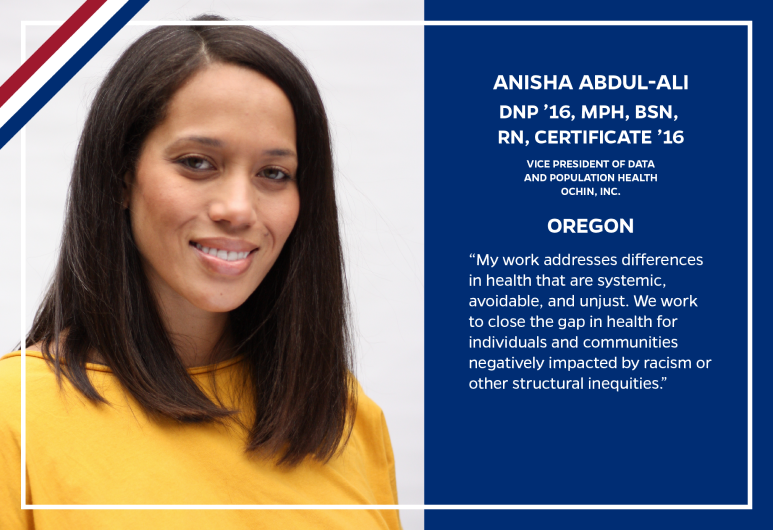With the rise of fake news and manipulated publication data, sometimes it can be hard not only to distinguish real from fabricated but also good from bad data. In grant writing, there are times when funding hinges on being able to support the veracity of your data and then there are times when statistics become a storytelling tool.
Frequently information in grants fall into two categories—one in which study and evaluation design are the key to a successfully funded application and one in which data highlights a need.
The first scenario is generally the case for National Institutes of Health (NIH) grants where the numbers are reflective of primary or secondary data analysis and are supported by a thoroughly planned and executed study design and rigorous evaluation plan. Although peer review and journalistic integrity have come under scrutiny, in science there is a community constantly striving to prove, disprove, or improve on colleagues’ research and this provides some built-in validation of data. Federally funded research grants require data to be provable and defined by scientific rigor and reproducibility. For many inexperienced grant writers, it is presenting the logic of the methodology behind these datasets that proves difficult in, for example, the limited space of an R01 application. New and early investigators and experienced researchers can benefit from the planning and advice of a biostatistician. The School of Nursing’s Office for Science and Innovation (OSI) offers various resources including an in-house OSI Biostatistics and Methods core as well as the ICTR Biostatistics Center.
Many grants outside the main federal research organizations, such as the NIH and National Science Foundation, tend to fall into the second category, where facts are contextualized and framed to demonstrate a need. Programs for the Health Resources and Services Administration (HRSA) are examples of a federal funding mechanism where statistics are vital to successful applications but most data comes from secondary, government sources. HRSA utilizes the Uniform Data System (UDS) Mapper to track and document Federally Qualified Health Center data. This allows HRSA grant applicants and grantees to use comparable data and provides a supplement to other database such as the Census Bureau’s American Fact Finder. While lying in a grant application is never acceptable, many times statistics do tell a story and sometimes the direr the need, the better the chances of a successful application. Extrapolating this data to tell a story is a huge part of successfully funding programs aimed to help underserved and underrepresented communities.
Research at the School of Nursing aims to further opportunities for future nurse scientists and leaders and improve the health care of the communities and individuals we all serve. The direction of research and health care policy is shifting and the voices of all nurse leaders will shape these policies. The Department of Health and Human Services new draft Strategic Plan released in September is open for public comment until October 26, 2017.
The Office for Science and Innovation supports faculty research and development and provides internal and external services such as editorial reviews, internal reviews and other grant writing and research support. Contact SON-Innvation@jhu.edu for more information.

 JHSON Highlights
JHSON Highlights Duty Through Data
Duty Through Data Inaugural Discovery and Innovation Fund Recipients
Inaugural Discovery and Innovation Fund Recipients Dean Patricia Davidson’s Accomplishments
Dean Patricia Davidson’s Accomplishments Cancer Researcher’s Informed Choices
Cancer Researcher’s Informed Choices







